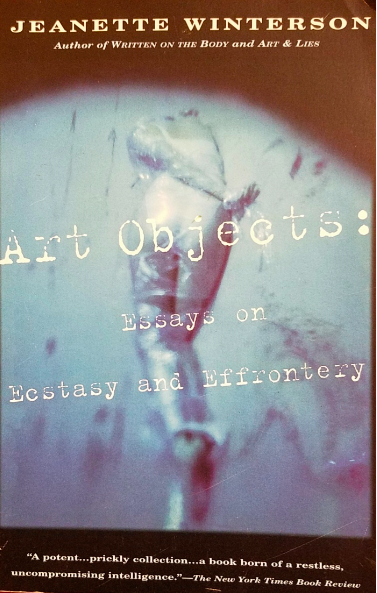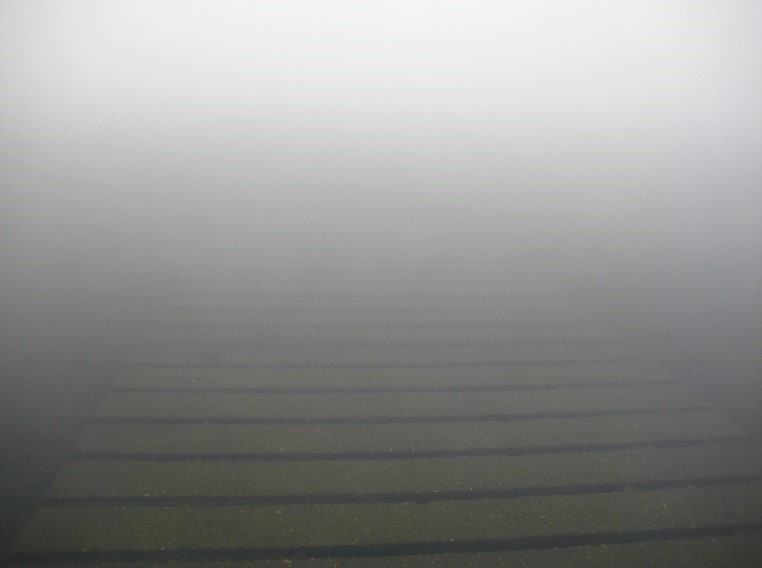This third "Sideways Plus" post offers an excerpt from "Visible," the third chapter of my new book, A Sideways Look at Clouds plus illustrations and resources related to the chapter.
"Ironically, the more I understood about the visibility of clouds, the more difficult they were for me to watch. While gazing at the clouds, I would superimpose onto them as many individual water droplets as my minds' eye could generate. Then I'd travel 93 million miles to the sun and bring a big beam of light into the clouds and imagine multicolored wavelengths scattering every which way. My clouds flashed in rainbow colors. My clouds flashed bright white and gray. My clouds vibrated and buzzed with energy. My clouds were exhausting. I felt scatterbrained. I gave up drinking coffee for a while, thinking that the buzz from the caffeine might be jamming some electromagnetic channel of understanding between my brain and the clouds. Some days I couldn't bring myself to look at clouds at all. They were just big billowing reminders of how little I know. Gone were the happy, innocent days when I saw them simply as dragons or elephants--or ice-cream castles in the air." (page 49)
"Pure sunlight is not yellow and it does not emanate in lines or triangular rays. Pure sunlight is white and moves in invisible waves. This makes the sun difficult to depict accurately with crayons or any medium." (p. 46)
"That white light was composed of several constituent colors was proven by Isaac Newton in a serious of experiments he conducted with a glass prism between 1666 and 1672. Although nearly 350 years had passed since Newton's discovery, I was happy to rediscover this 'celebrated phenomenon of color' on this morning." (p. 47) (Portrait of Newton by Godfrey Kneller, 1609)
"There are plenty of books on 'the art of seeing' but none so perfectly--and uncannily--addressed my problems of seeing the clouds as a book of art and literary criticism by British novelist, Jeanette Winterson." (p. 52)
"'Pea souper' struck me as a quaint and colorful British name for the particularly thick fog common in London and elsewhere in the U.K...[but] this naturally occurring fog turned toxic during the Industrial Revolution when the water droplets in fog formed around sulfur dioxide and the soot belched from coal-boring factories and fireplaces." p. 56 Read the story of the Great Smog of 1952 here. [NOTE: Smog is a word combining "SMoke" and fOG."]
"Fog is the only cloud you can swim in, though no one mentions this fact or recommends this simple, rare pleasure." p. 57
"At the crest of the hill leading down to the lake, I felt a smile stretch across my face. There was no lake. There were no docks, no boats, no lake-front houses. It was all fog. All fog except for the wide cement slabs of the public boat ramp. And the brown wooden fishing regulation sign. And the pickup truck." (p. 60)
Saving the best for last here... PLEASE PLEASE click here to watch Joni Mitchell singing her song "Both Sides Now" on the Mama Cass TV show in 1969. Perhaps unwittingly, Mama Cass is wearing an outfit that shows her uncanny (or unwitting?) understanding of the sunlight and visible spectrum ;)
Read Other Sideways+ Posts: Prologue + Chapter 1/Cloud





!["'Pea souper' struck me as a quaint and colorful British name for the particularly thick fog common in London and elsewhere in the U.K...[but] this naturally occurring fog turned toxic during the Industrial Revolution when the water droplets in fog …](https://images.squarespace-cdn.com/content/v1/520a51d0e4b0f89d3274989e/1508785095961-SCQLONID5SD3RJJILJJB/Screen+Shot+2017-10-23+at+11.57.56+AM.png)


